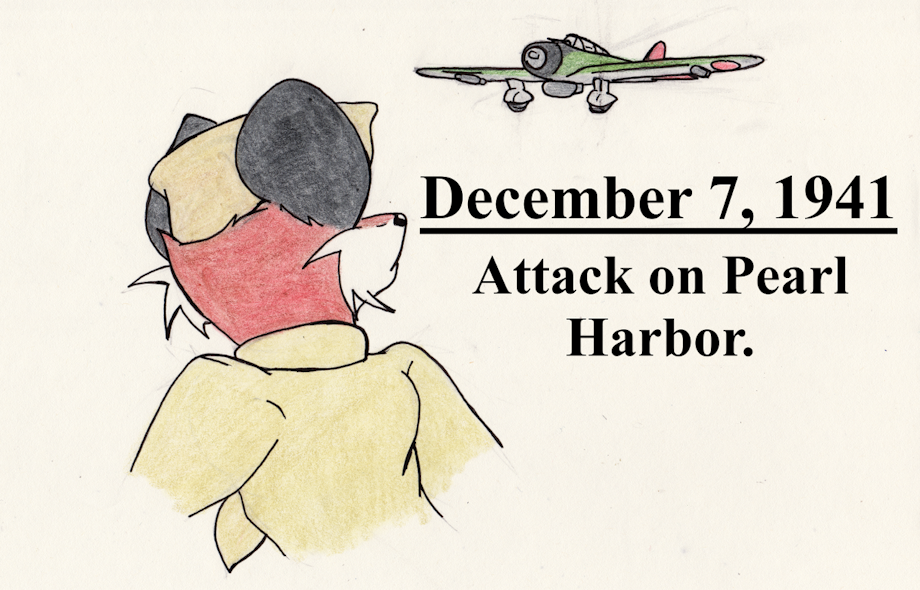On December 7, 1941, forces of the Imperial Japanese Navy attacked American bases in Hawaii. Japan had hoped that the attack would force the United States out of the war before it had even joined. First, it was hoped that the American Pacific Fleet would be too crippled to respond to Japanese advances on American & European possessions in the Pacific, including the Philippines. Japan was also pressed for time in order to accomplish this before the US could expand its navy following the passage of legislation to do so in 1940 as a reaction to the outbreak of World War II. Also, Japan had hoped that such an attack force the US to ease trade restrictions upon resources key to the Japanese war effort, such as oil and steel, as well as force the Americans to negotiate peace terms. However, Japanese plans were hindered by a number of factors, such the shallow waters of the harbor made salvage and repair of the ships easier and thus allowing several damaged or sunk ships to return to action, most of ships' crews could be rescued or were on shore leave and thus able to return to duty. Another mistake for the Japanese Navy was to press the attack while the American carriers were at sea, thus allowing what would prove to be some of the most dangerous ships to the Japanese fleet to escape destruction.
On the morning of December 7, a force of ~400 Japanese aircraft from the six carriers launched their attack in two waves. Over the course of 90 minutes, 21 American ships had been sunk or damaged, including the sinking of the battleships Arizona, Oklahoma, California, West Virginia, Nevada (which had been deliberately beached in order to prevent blocking the entrance to the harbor), and Utah, which had been converted for use as a target ship for training purposes. 2,335 American personnel were killed, most of whom had been on the USS Arizona when its magazine detonated, and a further 1,143 wounded. Also lost were 188 aircraft with 159 more damaged. Japanese losses totaled 64 men killed, 29 aircraft destroyed with a further 74 damaged, 5 midget submarines lost, and one sailor captured (Kazuo Sakamaki, a crewman from one of the midget subs).
While the attack had been a success, it ultimately led to the defeat of Japan. Most the American ships damaged or destroyed in the attack were soon returned to service. The United States declared war the very next day and now brought with the entirety of its industrial might. The destruction of the battleships also led the US Navy to rely upon its aircraft carriers and submarines to combat Japan, the very classes of ship which prove to dominate naval combat to this day. Japan had also failed to launch a third wave to destroy supporting infrastructure, such as fuel depots, dockyards, and a submarine base, also allowed the United States to respond and counter Japan much more quickly.
Keywords
male
1,252,816,
fox
258,903,
vulpine
38,012,
japan
1,034,
usa
578,
hawaii
287,
this day in history
248,
tdih
244,
wwii
239,
united states
190,
world war two
139,
pearl harbor
3,
december 7
2
Details
Published:
7 years ago
08 Dec 2018 03:53 CET
Initial: 69fbce3d0a7ea33118d07ad33fdb49f7
Full Size: e7b1885ccafcca00cf6918acc54f0f5c
Large: 32f7f53717cb1e62a129f6f2d58f5d89
Small: 298eaff30e2ac29ab6a97591a5230fdf
Stats
23 views
9 favorites
2 comments
